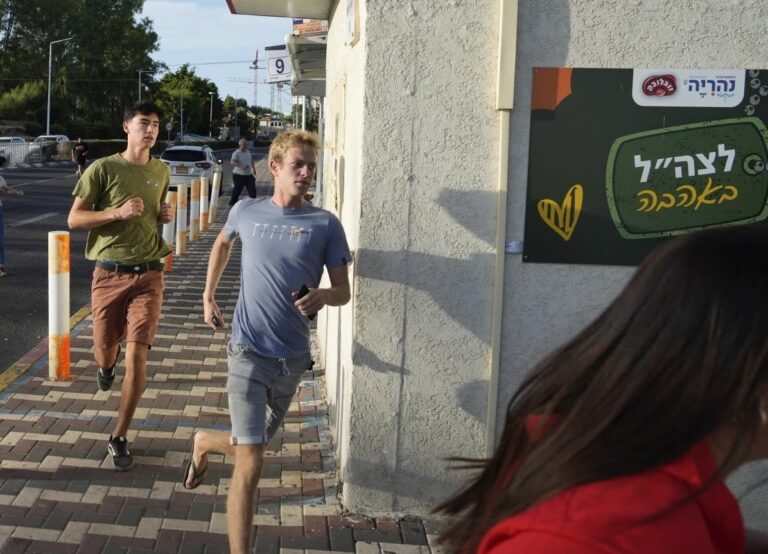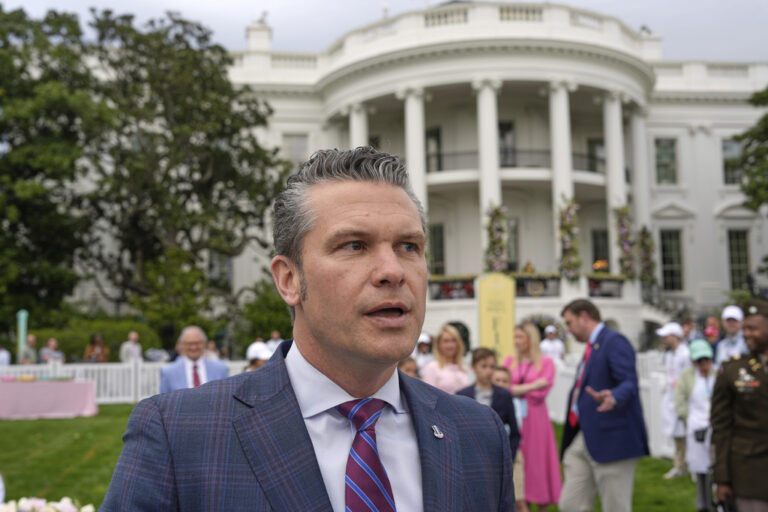 Lufthansa’s chief executive said Wednesday it will take “a long, long time” to understand what led to a deadly crash in the French Alps last week — but refused to say what the airline knew about the mental health of the co-pilot suspected of deliberately destroying the plane.
Lufthansa’s chief executive said Wednesday it will take “a long, long time” to understand what led to a deadly crash in the French Alps last week — but refused to say what the airline knew about the mental health of the co-pilot suspected of deliberately destroying the plane.
Lufthansa CEO Carsten Spohr and the head of its low-cost airline Germanwings, Thomas Winkelmann, visited the crash area Wednesday amid mounting questions about how much the airlines knew about co-pilot Andreas Lubitz’s psychological state and why they haven’t released more information about it.
The two men lay flowers and then stood silently facing a stone monument to the plane’s 150 victims. The monument looks toward the mountains where the Germanwings A320 crashed and shattered into thousands of pieces March 24. It bears a memorial message in German, Spanish, French and English.
Spohr said the airline is “learning more every day” about what might have led to the crash but “it will take a long, long time to understand how this could happen.”
He then deflected questions from reporters at the site in Seyne-les-Alpes and drove away.
Based on audio from the plane’s voice data recorder, investigators believe Lubitz intentionally crashed the plane and are trying to figure out why.
Lufthansa acknowledged Tuesday that it knew six years ago that Lubitz had suffered from an episode of “severe depression” before he finished his flight training at the German airline, but said he had passed all his medical checks since then.
The airline did not mention the severe depression episode when questions were raised last week about Lubitz’s medical history.
German prosecutors say Lubitz’s medical records from before he received his pilot’s license referred to “suicidal tendencies,” but visits to doctors since then showed no record of any suicidal tendencies or aggression against others.
The revelations intensify questions about how much Lufthansa and its insurers will pay in damages for the passengers who died — and about how thoroughly the aviation industry and government regulators screen pilots for psychological problems.
 At the crash site Wednesday, authorities said they have finished collecting human remains.
At the crash site Wednesday, authorities said they have finished collecting human remains.
“At the crash site there are no longer any visible remains,” said Lt. Col. Jean-Marc Menichini.
Lt. Luc Poussel said all that’s left are “belongings and pieces of metal.”
Officials at France’s national criminal laboratory near Paris say it will take a few months for the painstaking identification process to be complete and for the remains to be returned to the families.
New images of the recovery operation show investigators tugging out large, mangled pieces of the plane: tires, sections of the plane with several twisted windows and what looks like a piece of the orange-painted tail.
Questions persisted Wednesday about reports in the German daily Bild and the French magazine Paris Match about a video they say was taken by someone inside the cabin of the doomed plane shortly before it crashed. The publications say their reporters were shown the video, which they said was found on a memory chip that could have come from a cellphone.
Marseille Prosecutor Brice Robin, who is overseeing the French criminal investigation into the crash, told The Associated Press that investigators had found no such video. But in a statement Wednesday, he left open the possibility that such video had been found but not given to authorities.
“In the hypothesis that someone is in possession of such a video, he or she should submit it immediately to investigators,” he said.
 (AP)
(AP)











One Response
A long long time would have been a more appropriate response instead of that the pilot was depressed so he crashed a passenger jet killing 150ppl .the facts just don’t add up yet,depressed people don’t generally do that kind of act